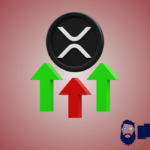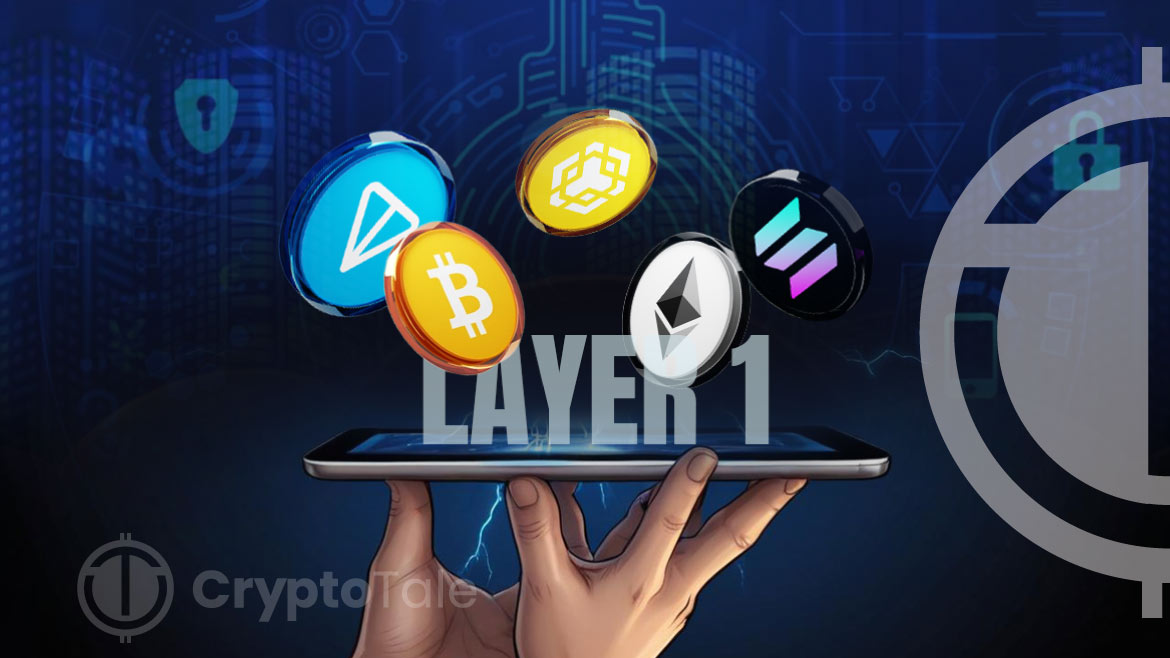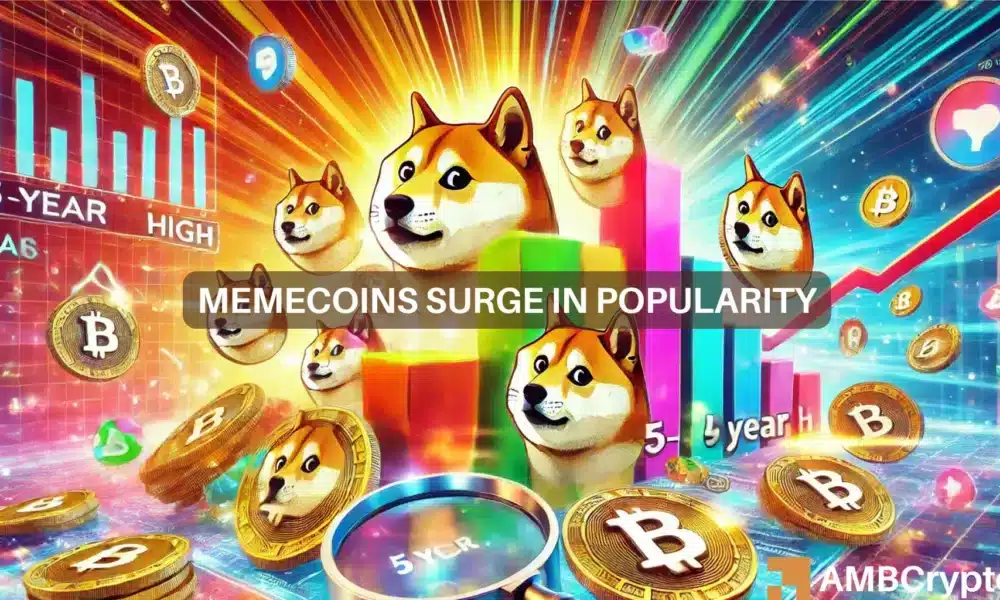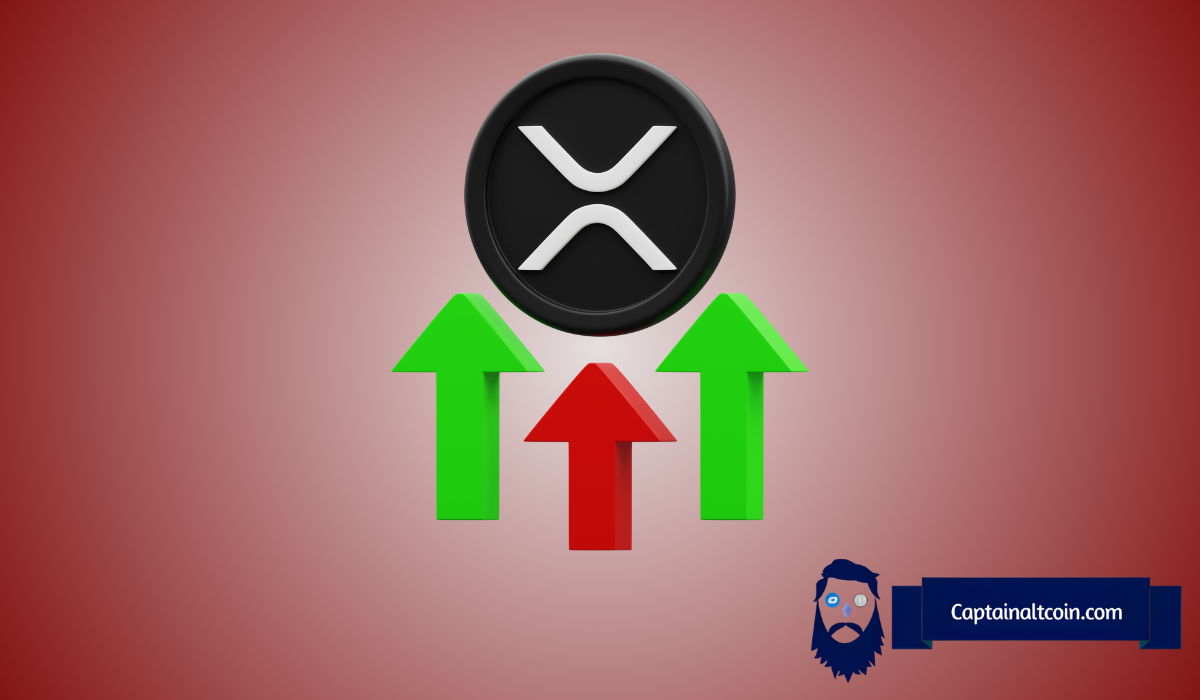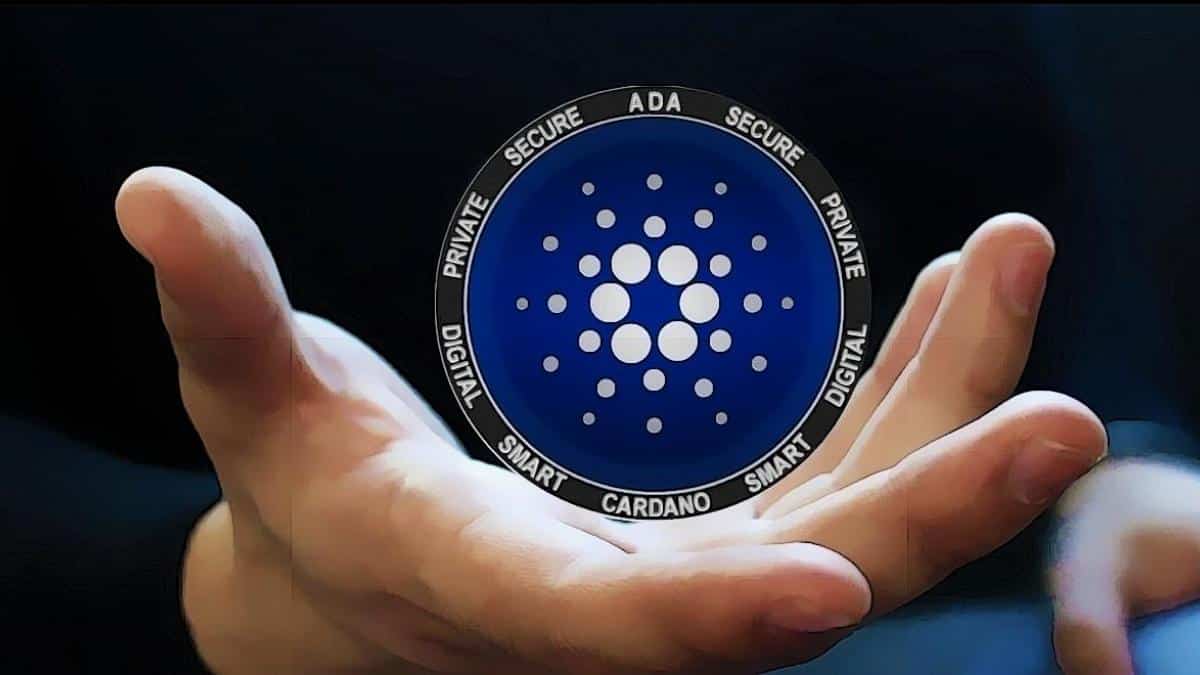The cryptocurrency market is still developing rapidly, and Layer 1 blockchains are at the forefront of this innovation. These networks are the backbone of decentralized applications (dApps) and smart contracts, self-executing contracts with the agreement terms between buyer and seller directly written into lines of code. This article looks at the current top Layer 1 blockchain networks and their prospects for further development as more Layer 1 crypto coins emerge.
What Are Layer 1 Blockchains?
The layer one blockchain networks outline critical regulations and measures ensuring effectiveness. By changing at the Layer 1 level often, updates enhance the security and usability of the network and dApps. This leads to better and faster transactions for the developers and the users and, at the same time, enhanced security.
Some of the best Layer 1 blockchain are Bitcoin, Ethereum, Solana, Binance Smart Chain, and Toncoin. All of them offer a decentralized and secure environment for money transfers and dApps.
Why Are Layer 1 Blockchains Important?
The layer 1 blockchain defines the basic framework and guidelines of the network it is part of. Most of the changes made in Layer 1 enhance the scalability and security of the Layer 1 network and any dApps built on it.
Layer 1 blockchains also enable the creation and execution of smart contracts. This makes it possible to create decentralized applications. The more efficient a Layer 1 blockchain is, the more attractive it becomes to developers and users. Let’s explore some of the leading Layer 1 blockchains.
Bitcoin (BTC)
Bitcoin is the world’s leading and first digital currency. It remains one of the most significant Layer 1 blockchains. Bitcoin is a form of virtual currency created to work without the need for intermediaries. The function and operation of the Bitcoin network are based on the proof-of-work consensus mechanism, which makes it a very secure system that cannot be easily compromised.
Once a transaction is made in the Bitcoin blockchain, it cannot be changed or deleted. This is a suitable method of keeping and passing value. Another aspect that supports Bitcoin’s existence is its worldwide network of nodes. Because of this structure, no single entity can govern the network.
It is mainly called ‘digital gold’ because its supply is limited to 21 million coins. Most consider it an investment and a way to protect against inflation. Its Layer 1 blockchain serves as a secure foundation for decentralized financial transactions. As of press time, Bitcoin (BTC) has been trading at $65,864, a 0.43% increase in the last 24 hours. In the previous month, Bitcoin has appreciated by 11.51% and has a market capitalization of $1.30 trillion.
Ethereum (ETH)
Ethereum is the second largest cryptocurrency in terms of market capitalization only after Bitcoin. It paved the way for writing and executing contracts on the blockchain using smart contracts. This platform allows developers to create decentralized applications (dApps) on the Ethereum network.
Ethereum’s Layer 1 blockchain is powered by a decentralized network of computers (nodes) around the world. To improve efficiency and handle more transactions, Ethereum switched from the old, energy-heavy proof of work system to a new proof of stake method. This helps reduce energy use and increases scalability.
Ethereum is the dominant platform for creating decentralized applications (dApps). Due to its smart contract features, Ethereum excels in decentralized finance (DeFi) and non-fungible tokens (NFTs). As of press time, Ethereum has a price of $2,662 and has seen a 0.03% change in value within the past day. In the last thirty days, Ethereum increased 5.76%, reaching a market value of $320.8 billion.
Solana (SOL)
Solana is known for its high-performance Layer 1 blockchain, designed to handle many transactions at a low cost. Regarding speed, Solana uses Proof of Stake (PoS) with Proof of History (PoH) and is one of the fastest blockchains on the market.
Solana can process thousands of transactions per second and has low costs. Unlike other blockchains, it does not require additional layers for the processing of more transactions. The existence of smart contracts in Solana makes it ideal for use in dApps. When compared to Ethereum, Solana has more efficient solutions for processing many transactions, and minimizing the costs, which makes it a formidable rival.
As of press time, Solana (SOL) is priced at $160.86, with a 24-hour price change of 2.86%. Over the last month, its price has increased by 17.71%, bringing its total market value to $75.42 billion.
Binance Coin (BNB)
Binance, a global cryptocurrency exchange platform, created the Binance Smart Chain (BSC). This is aElementExceptionBSC, an EVM chain compatible with Ethereum-based smart contracts and applications.
BSC is famous for its high transaction speed and low transaction fees, so it is considered a perfect ground for DeFi projects. Devs can simply swap their Ethereum-based dApps to BSC; this does not pose a challenge to projects that wish to do so.
Layer 1 Blockchains Surge in Social Dominance, Signaling Market Optimism
The integration with the Binance ecosystem also increases liquidity and support for the Binance Smart Chain. BSC has become a key player in the Layer 1 blockchain space, particularly in the DeFi sector. As of press time, Binance coin is trading at $599.99 and has experienced a 0.68% surge in the last day and 12.41% in the past month. It has a market capitalization of $8.56 billion.
Toncoin (TON)
Toncoin is the native cryptocurrency of the TON blockchain, a layer 1 blockchain network initially developed by Telegram’s creators. Even though Telegram is the founder of the TON blockchain, it has not stopped there and continues to develop the project. Among coins in circulation, Toncoin is renowned for being the most popular transactional token due to its quick processing rates and reduced energy cost. Using PoS achieves faster transaction times for TON while being kinder to the environment.
TON’s sharding is unique compared to other chains; therefore, it can handle multiple transactions at once. It also supports smart contracts through which developers can develop different applications. As of press time, Toncoin (TON) has a price of $5.89, which has risen by 0.84% on the last day. In the previous month, it increased by 10% and had a market capitalization of $14.94 billion.
Conclusion
Layer 1 blockchains are poised to lead the future of cryptocurrency and decentralized applications in 2024, with Layer 1 crypto coins at the forefront of this revolution. Bitcoin remains a key store of value, and Ethereum is the leading platform for decentralized applications. Solana’s high throughput and low cost constitute a significant advantage over Ethereum, and Binance Smart Chain is an efficient and cheaper solution for DeFi projects. Toncoin is scalable and energy efficient, making it viable in crypto. Knowing these blockchains is crucial to ride the next wave of innovation in the crypto space.


